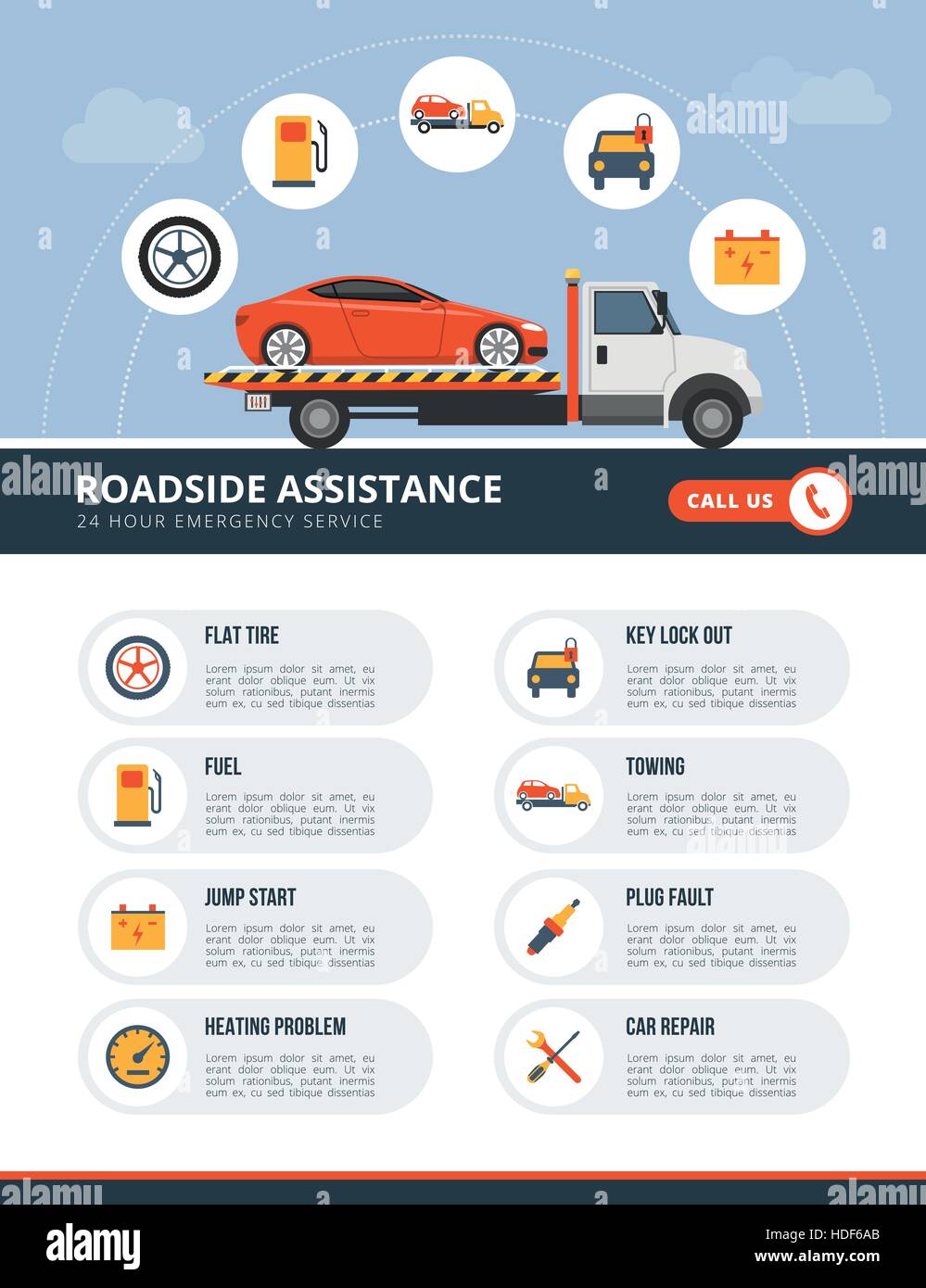Understanding Your Car'S Caution Lighting: What Do They Really Mean?
Understanding Your Car'S Caution Lighting: What Do They Really Mean?
Blog Article
Short Article Created By-Kane Mendez
When you're behind the wheel, those radiant caution lights on your control panel can be a little bit perplexing. Do you understand what they're trying to tell you about your cars and truck's wellness? Understanding the significance of these lights is crucial for your security and the long life of your car. So, the following time one of those lights turns up, would not you wish to analyze its message precisely and take the needed actions to address it?
Common Warning Lights and Interpretations
Recognize typical warning lights in your auto and understand their definitions to make sure safe driving.
One of the most normal warning lights consist of the check engine light, which indicates concerns with the engine or discharges system. If this light comes on, it's vital to have your lorry checked immediately.
The oil stress cautioning light shows low oil stress, calling for instant attention to stop engine damage.
visit the following post blinking battery light might suggest a faulty billing system, potentially leaving you stranded otherwise addressed.
brake repair shop monitoring system (TPMS) light alerts you to low tire stress, influencing vehicle security and fuel effectiveness. Ignoring this can cause harmful driving conditions.
diesel mechanic salary indicates an issue with the anti-lock stopping system, endangering your capacity to quit promptly in emergencies.
Finally, the coolant temperature level alerting light warns of engine overheating, which can lead to severe damage otherwise dealt with promptly.
Comprehending these usual caution lights will certainly assist you resolve issues immediately and keep risk-free driving problems.
Value of Prompt Attention
Comprehending the common warning lights in your automobile is just the very first step; the value of without delay attending to these cautions can't be emphasized enough to guarantee your security when driving.
When a caution light illuminates on your control panel, it's your vehicle's way of communicating a potential problem that requires interest. Disregarding these cautions can result in much more serious problems in the future, jeopardizing your safety and security and potentially costing you much more in repairs.
Prompt focus to alerting lights can avoid break downs and accidents. As an example, a flashing check engine light might show a misfire that, if left neglected, could create damages to the catalytic converter. Addressing this without delay can save you from an expensive fixing.
Likewise, a brake system advising light might signify reduced brake liquid or worn brake pads, essential elements for your safety when driving.
DIY Troubleshooting Tips
If you discover a caution light on your dashboard, there are a few DIY troubleshooting ideas you can try prior to seeking specialist assistance.
The primary step is to consult your auto's handbook to comprehend what the details caution light indicates. Occasionally the issue can be as easy as a loose gas cap activating the check engine light. Tightening up the gas cap might settle the issue.
Another common problem is a reduced battery, which can trigger numerous warning lights. Checking the battery links for corrosion and guaranteeing they're protected could repair the problem.
If a warning light continues, you can attempt resetting it by disconnecting the cars and truck's battery for a few minutes and then reconnecting it. Additionally, checking your automobile's liquid levels, such as oil, coolant, and brake liquid, can help fix alerting lights connected to these systems.
https://oilchangeprices28405.izrablog.com/28209475/intrigued-in-discovering-the-perfect-auto-mechanic-for-your-car
To conclude, understanding your vehicle's warning lights is crucial for maintaining your car running efficiently and safely. By promptly dealing with these signals and knowing what they suggest, you can prevent expensive fixings and potential malfunctions.
Bear in mind to consult your vehicle's manual for particular details on each alerting light and do something about it accordingly to make certain a hassle-free driving experience.
Stay informed, stay risk-free when driving!
